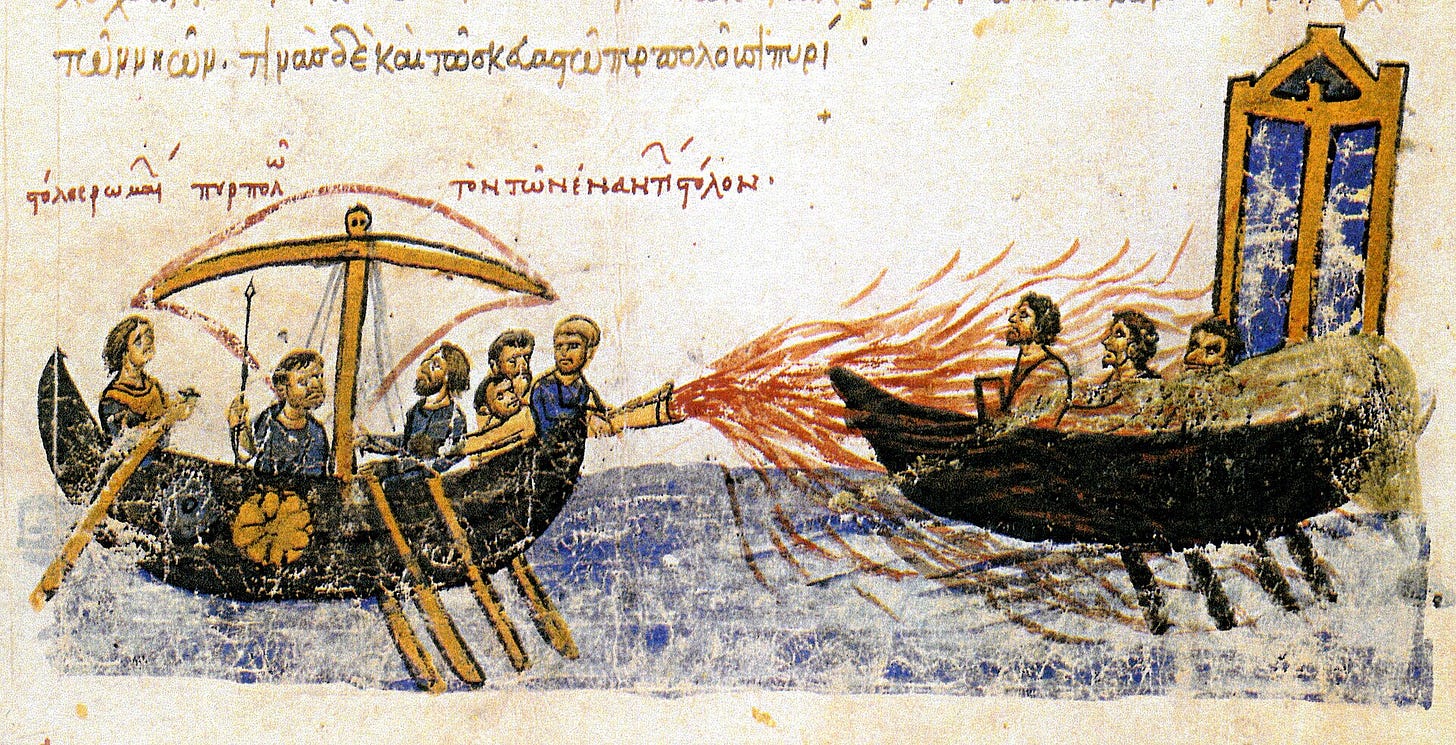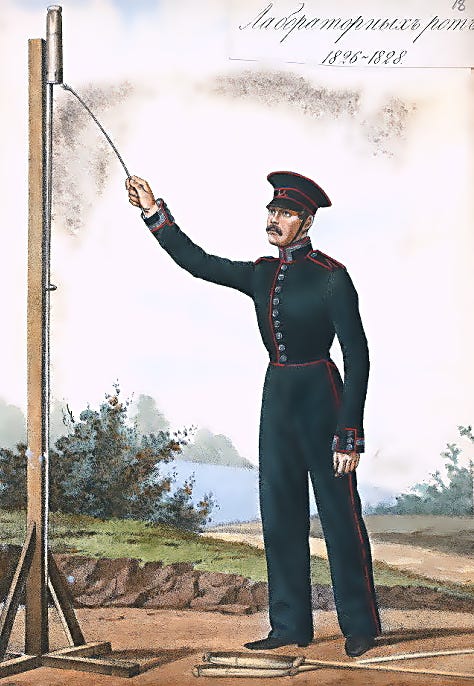Rocket Propellants Through the Ages
The Historical Journey of Rocket Propellants:
The Space Deck playing cards, our third product in the series of educational playing cards will be launched on 21st February 2024, on Kickstarter.
If you wish to receive notification (single email) on launch and get discounted early birds, join here.
If you wish to see behind-the-scenes and contribute to the design of the cards, join here.
Thank you. Now back to the article.
In the previous article, we discussed the modern rocket propellant — Methane. After writing that article we realized of not having ever discussed in detail all the propellants that existed before Liquid fuel rockets came into the picture. So, this is what we will learn about today.
The genesis of rocketry traces back to antiquity when civilizations across the globe experimented with propellants in a quest for flight. These ancient pioneers laid the groundwork for modern rocketry, employing a variety of propellants that propelled the imagination and innovation of future generations.
Gun Powder - The Dawn of Rocketry
Propellant Type: Gun powder, also known as black powder, is composed of saltpeter (potassium nitrate), charcoal, and sulfur.

Developed in ancient China around the 9th century, black powder served as the earliest known propellant for rockets. Chinese inventors crafted simple rockets using bamboo tubes filled with black powder, launching them in celebratory events and military campaigns.
Gunpowder is a low explosive. Now what is a low explosive, you may ask? Well, low explosives are substances wherein the rate of decomposition proceeds through the material at less than the speed of sound. High explosives on the other hand detonate, meaning that the explosive shock front passes through the material at a supersonic speed.
Pros: Relatively simple to manufacture, providing an initial thrust sufficient for basic rocket propulsion.
Cons: Inconsistent performance, limited thrust control, and unpredictable flight trajectories.
Wan Hu, a mythical figure, is often associated with an attempt to fly using a chair propelled by rockets with gunpowder as the propellant.
The fun part: Based on these Taoist texts, the invention of gunpowder by Chinese alchemists was likely an accidental byproduct of experiments seeking to create the elixir of life!
Steam: A Puff of Progress
Fuel: Water heated to boiling, producing steam.
The "aeolipile" by Hero of Alexandria (3rd Century BCE) is considered the first recorded steam engine or reaction steam turbine. It is simply a rotating sphere propelled by steam, demonstrating the principles of jet propulsion.
Pros: Clean, controllable thrust, potential for sustained flight.
Cons: Low thrust, bulky equipment, limited range and altitude.
Greek Fire - The Byzantine Innovation
Propellant Type: Greek fire, a mysterious incendiary mixture, possibly comprised of substances like petroleum, sulfur, and quicklime.
Developed by the Byzantine Empire in the 7th century, Greek fire was used as a weapon in naval warfare. While not a true rocket propellant, its use in projecting fiery projectiles from siege engines bears resemblance to rocketry.

Pros: Highly flammable and capable of sustained burning, inflicting damage upon enemy ships.
Cons: Lacked the precise propulsion characteristics of modern rockets.
Though not a rocket propellant per se, Greek fire contributed to early concepts of fiery projectile propulsion.
Mysorean Rockets - Innovations in Warfare
Propellant Type: A mix of black powder and additives in bamboo or iron casings.
Use Cases: Developed by Hyder Ali and Tipu Sultan of Mysore in the late 18th century, these rockets were utilized in conflicts against the British East India Company. These are often considered the first iron-cased war rockets. Their battle with the British East India Company exposed the technology that led to further advancement and development of Congreve Rockets.
Pros: Effective for inflicting damage on enemy formations.
Cons: Similar to earlier rocket designs, lacking precision and control.
Congreve Rockets - Advancements in Propulsion
Propellant Type: A combination of black powder and other additives like sulfur or pitch.
Developed by Sir William Congreve in the early 19th century, these military rockets found deployment in various conflicts, including the Napoleonic Wars and the War of 1812.
Pros: Increased range and accuracy compared to earlier rocket designs, leading to their military use.
Cons: Still suffered from inconsistent performance and lacked precise control.
Lessons and Legacy
The evolution of rocket propellants from ancient black powder to more sophisticated mixtures like those used in Congreve and Mysorean rockets laid the foundation for modern rocketry. The transition from these early propellants to liquid-fueled rockets, pioneered by figures like Robert H. Goddard and Sergey Korolev, marked a paradigm shift in space exploration and technology.
In the next article, we will cover another interesting topic related to space and rockets.






